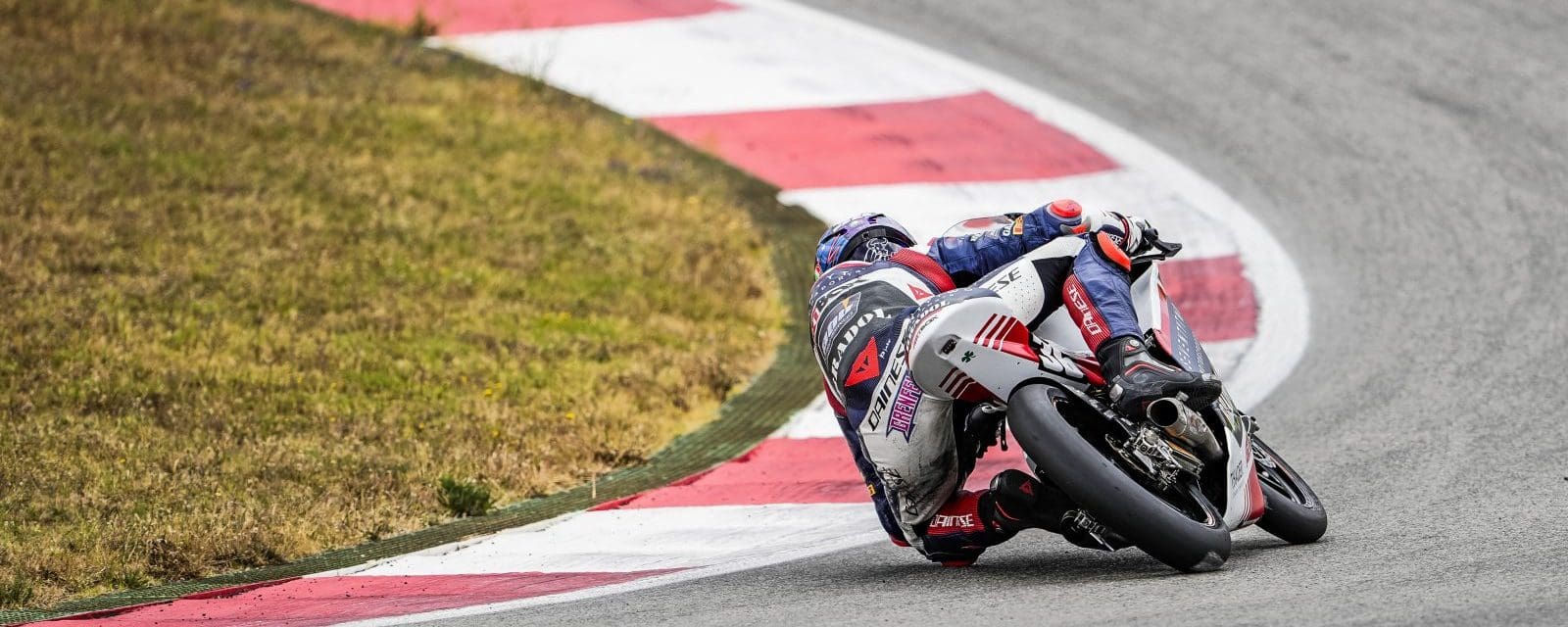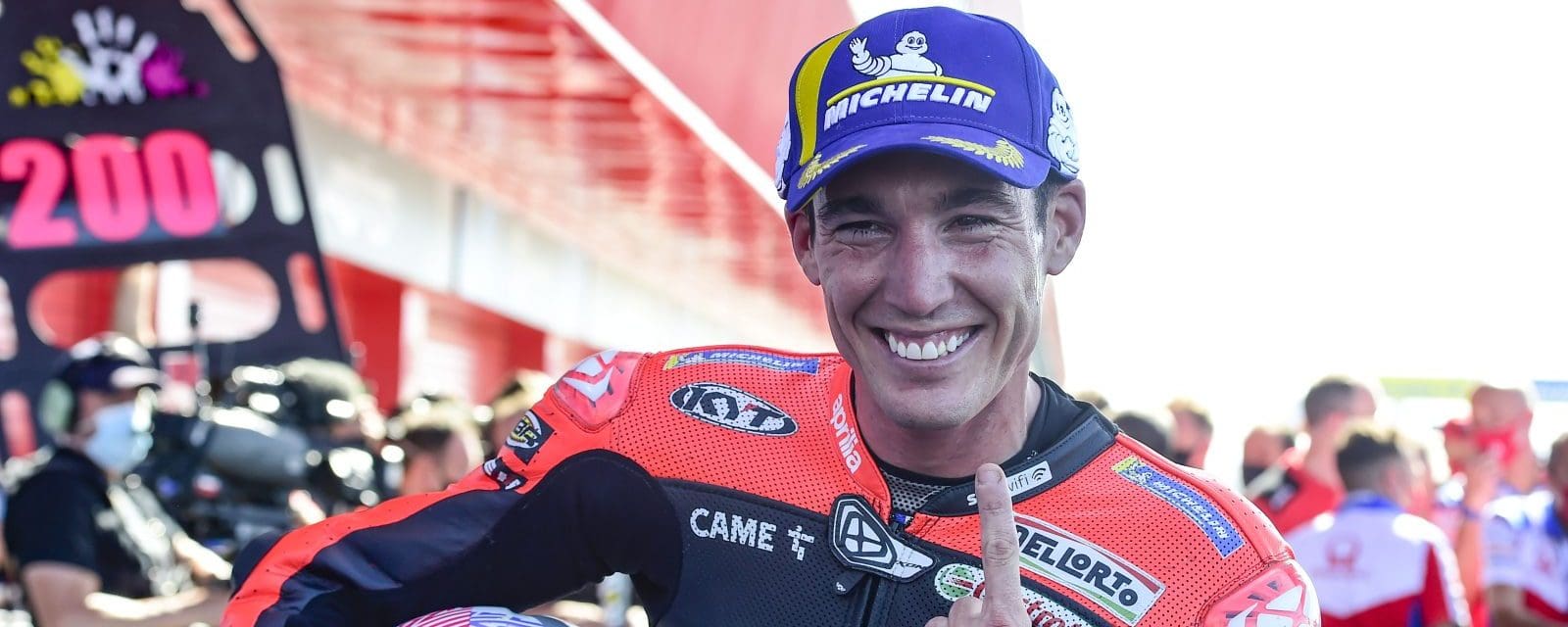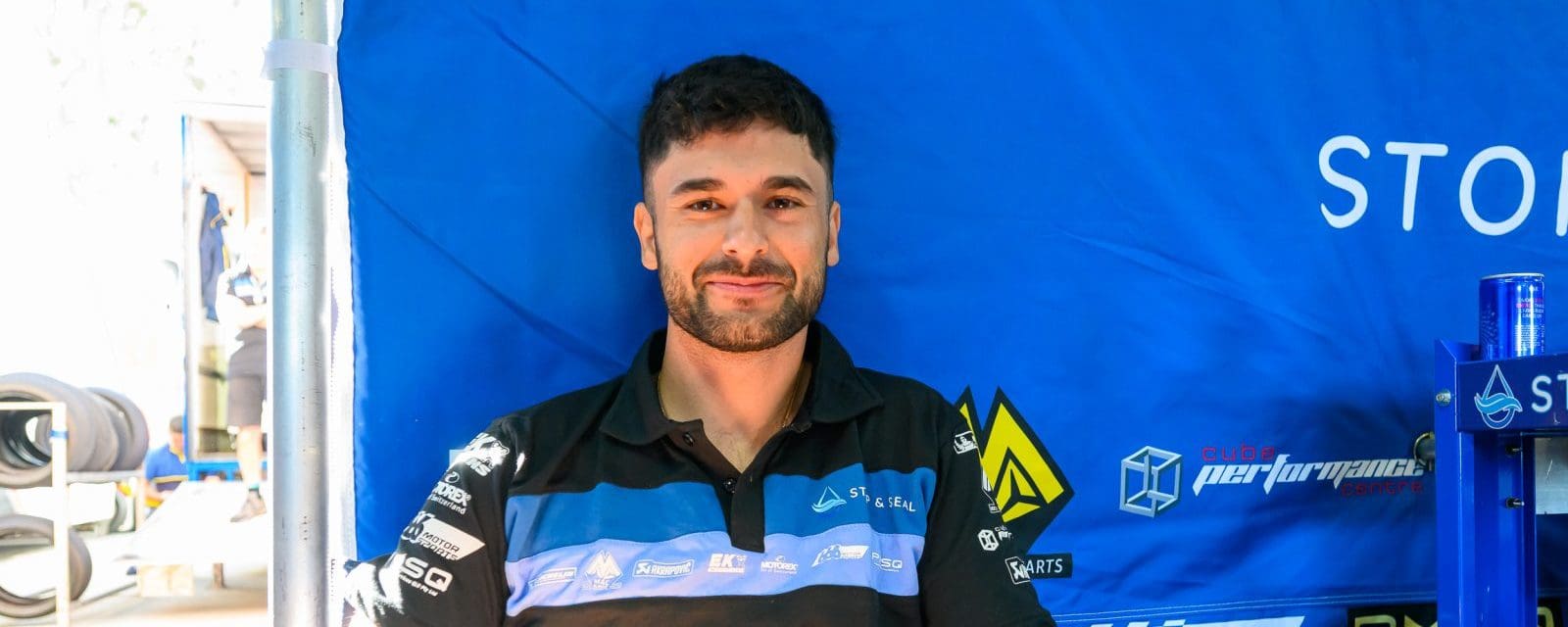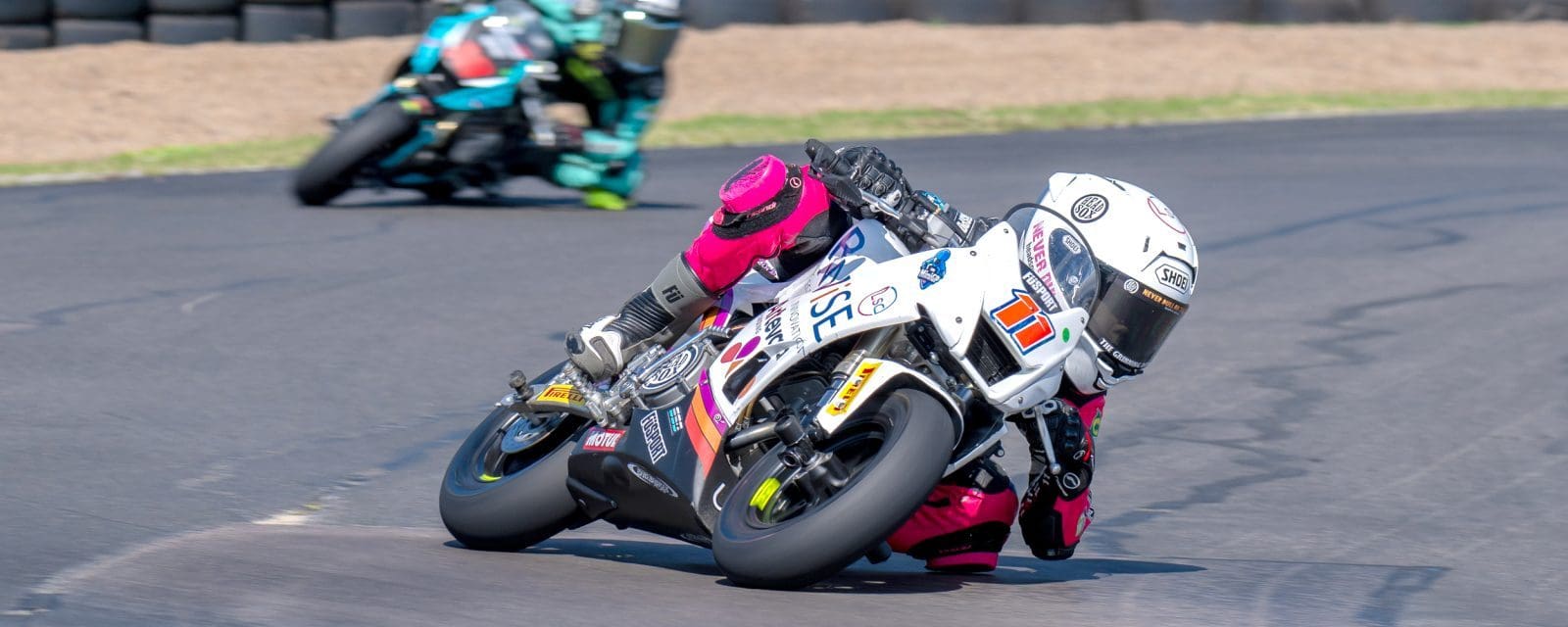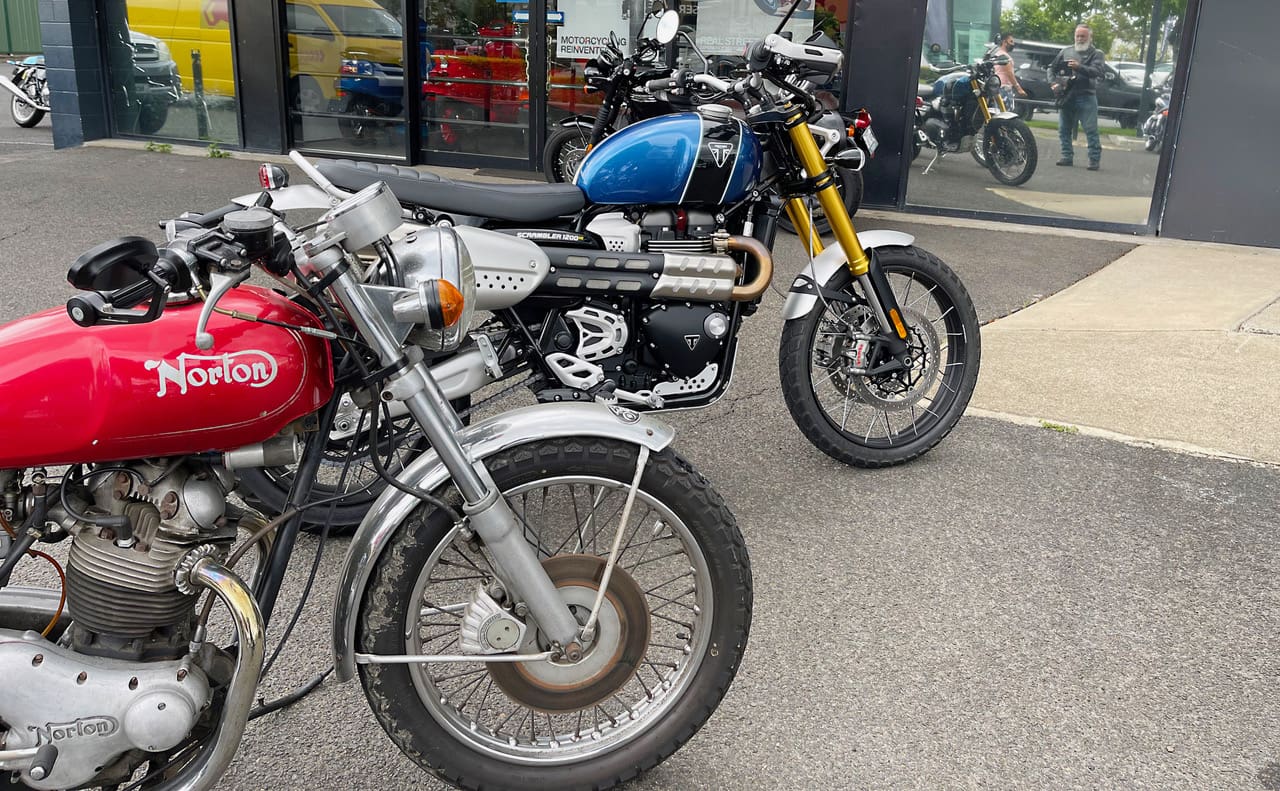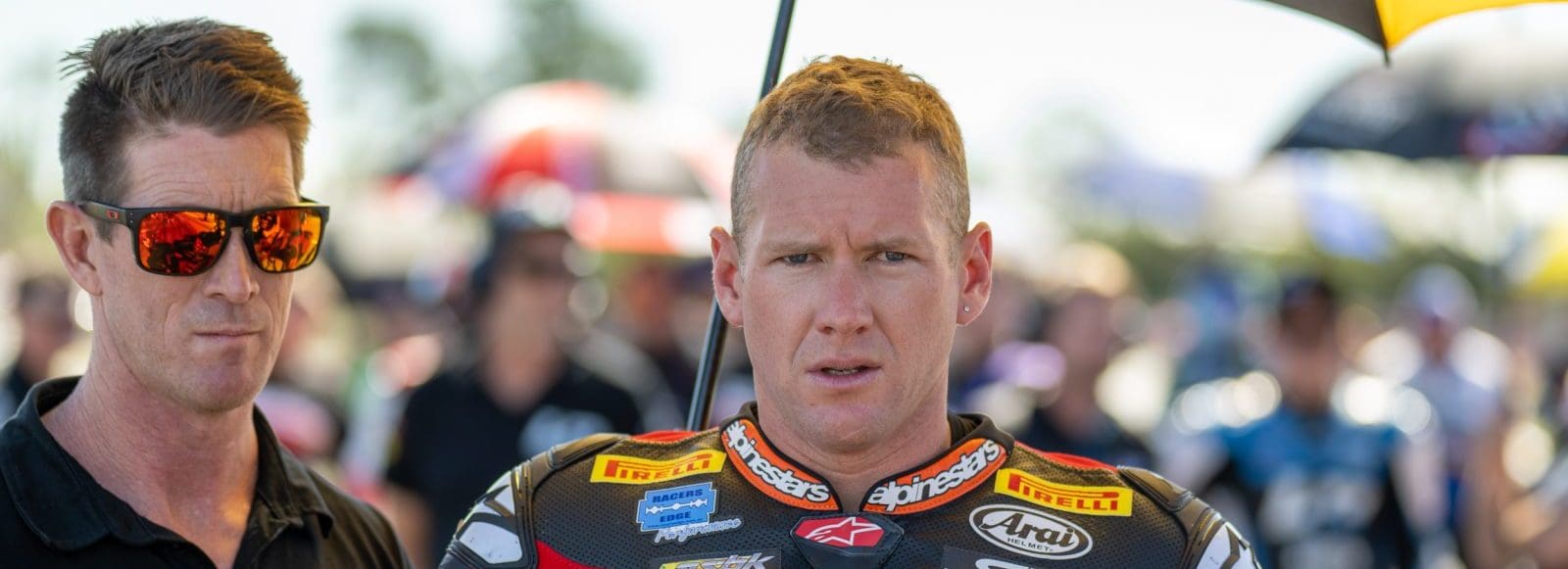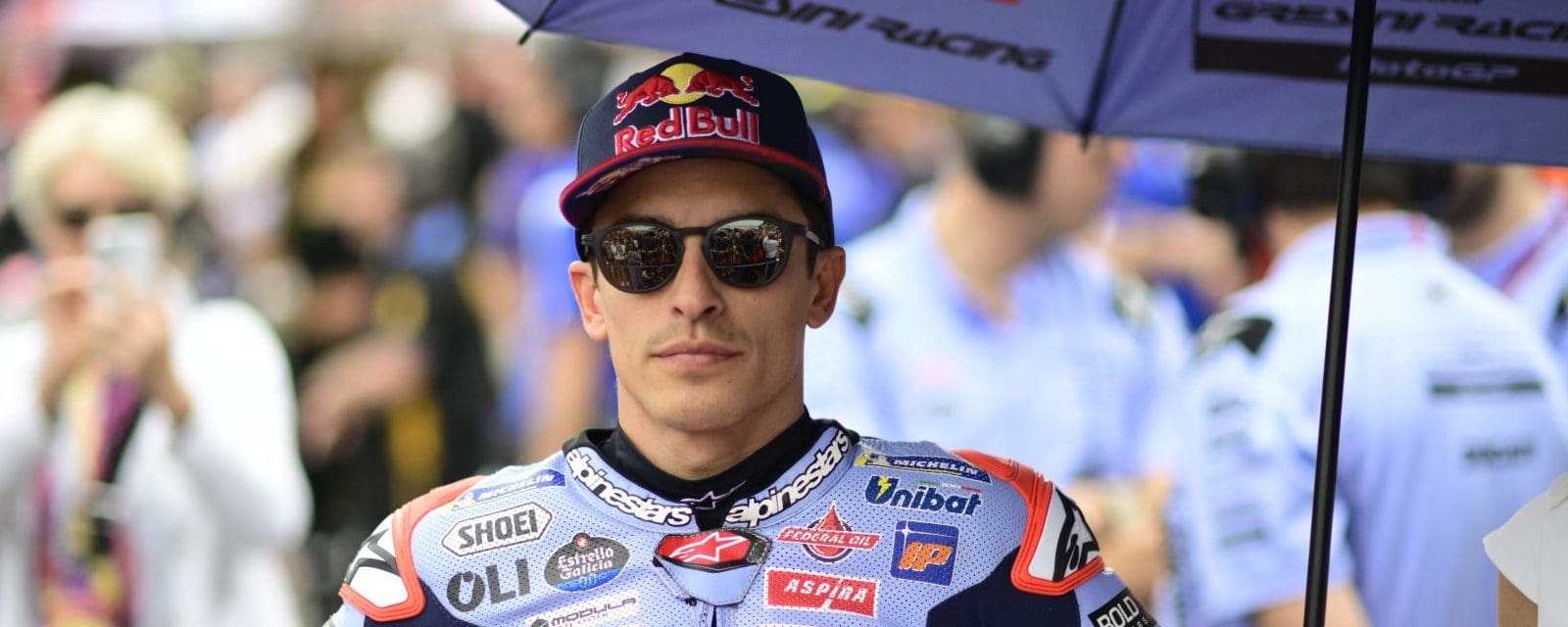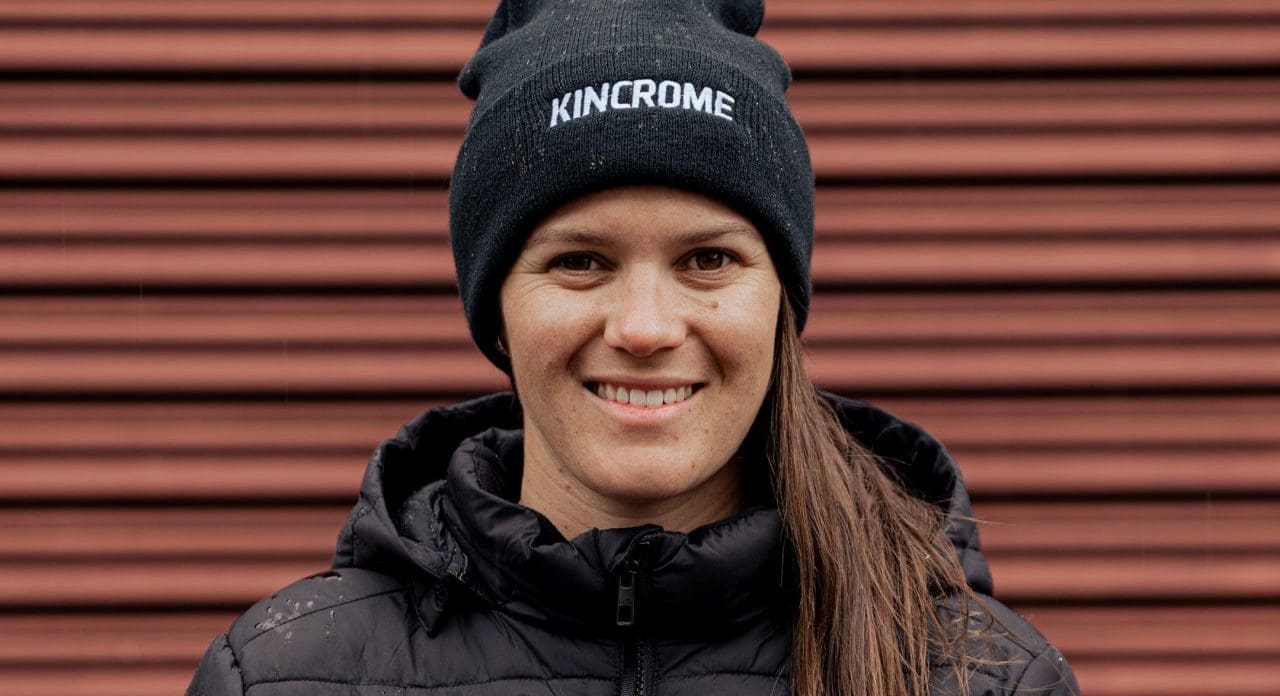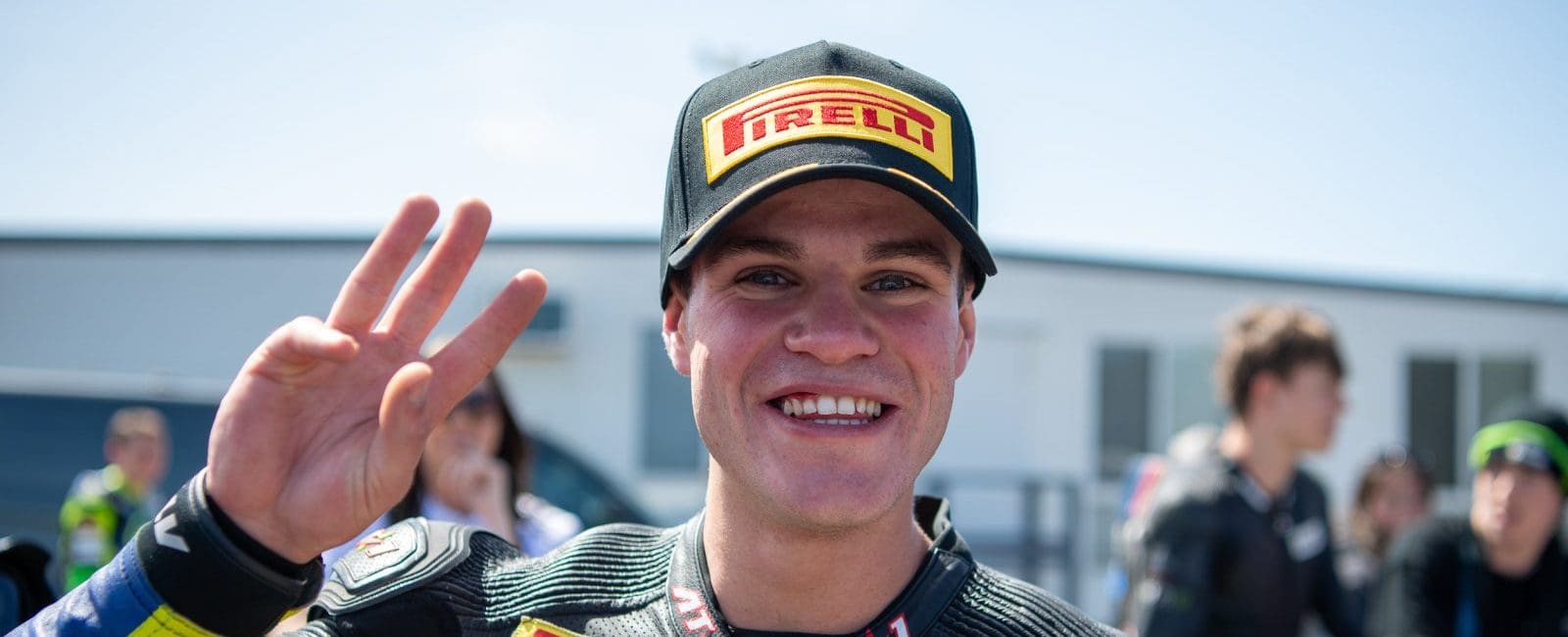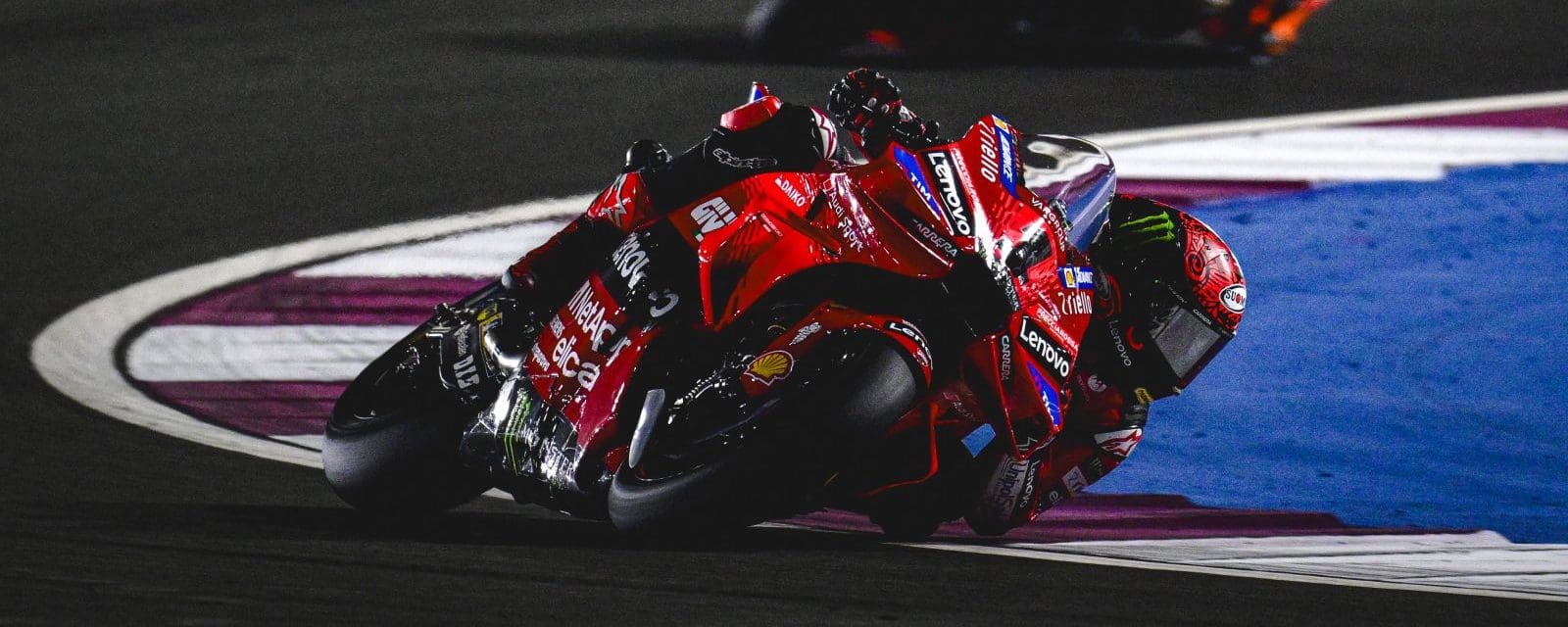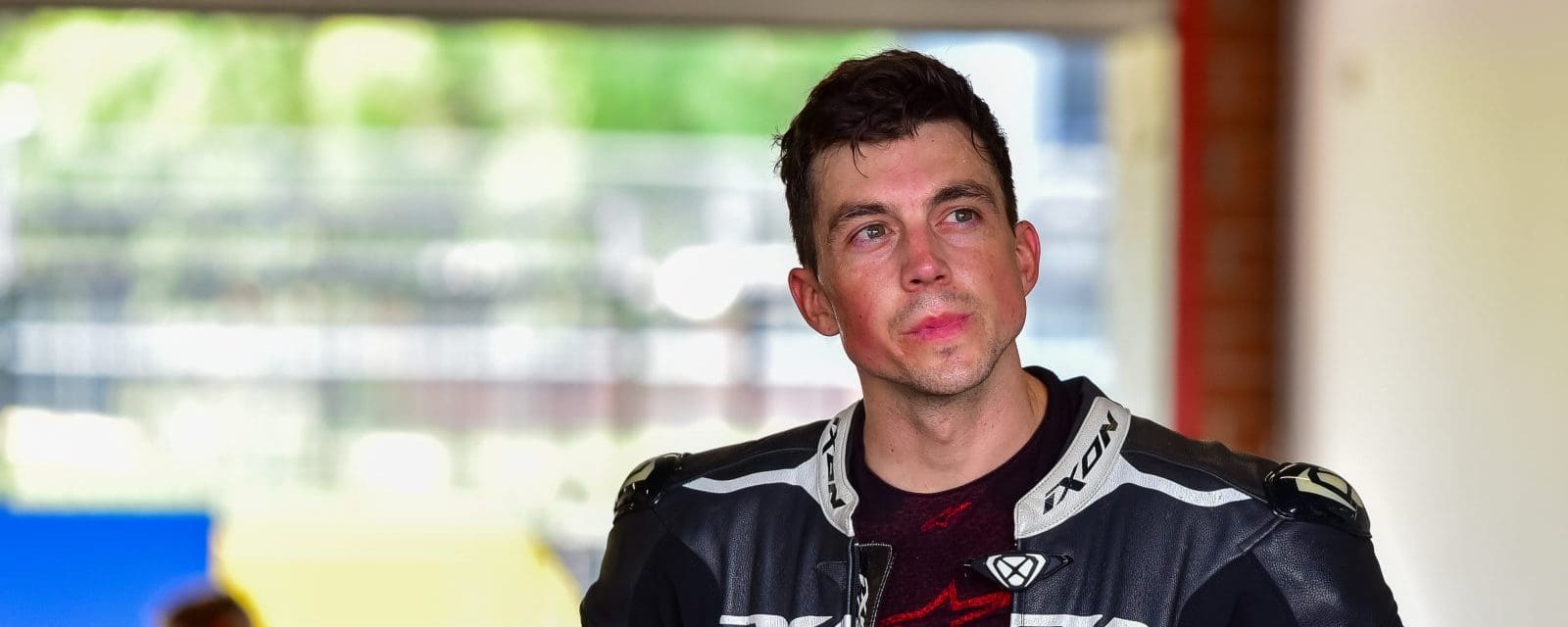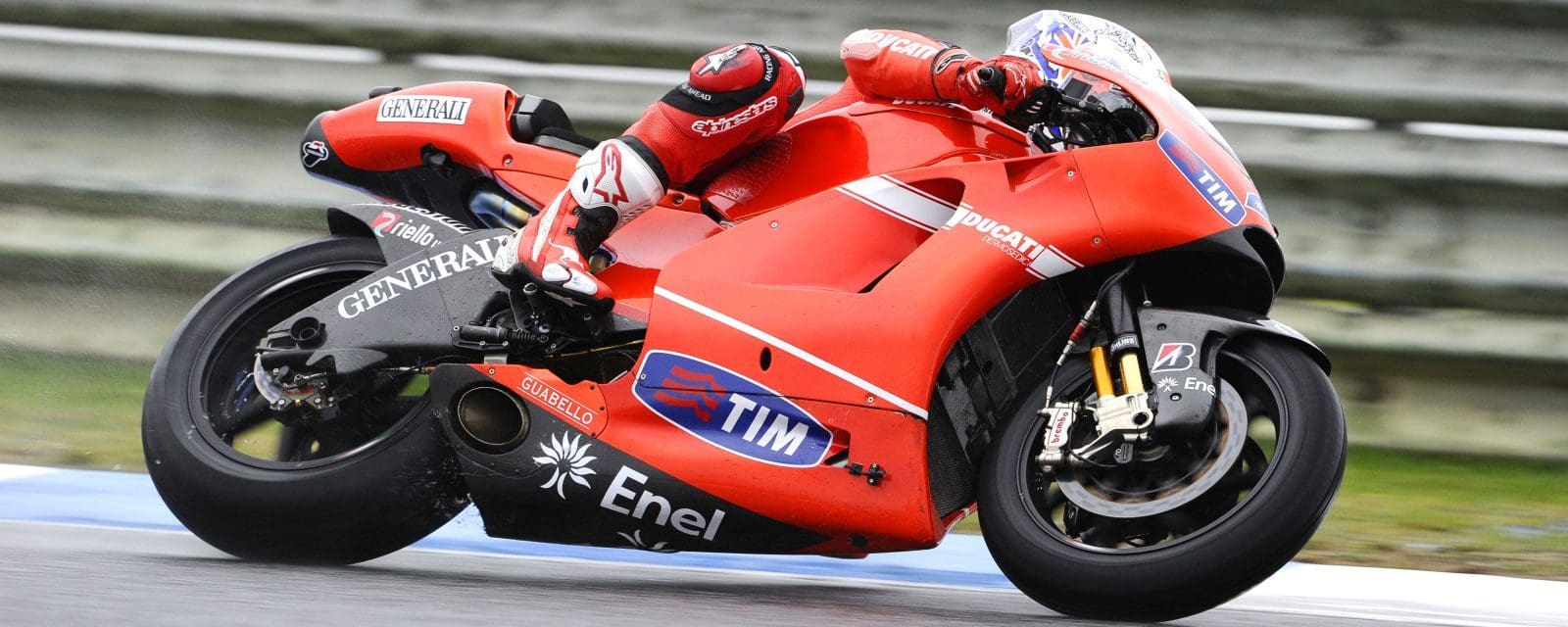I wonder if the same rules apply in our modern, liberated and politically correct times? I wonder if it is safe, or even appropriate, to continue the sexist analogy?
Actually I don’t wonder. Of course they are still feminine. Especially motorbikes.
Especially to anyone who has ever pushed one up a long hill, only to discover that he had failed to switch on the fuel tap.
Racing bikes don’t have fuel taps, and they are a feisty breed of female. But that doesn’t make them any less feminine. And what a variety of femmes they are in 2017, ever since the great dancing master Carmelo Ezpeleta decreed that they should all have access to the same tutus and dancing shoes.
Making the bikes more equal has only underlined their different personalities.
At the time of writing we are two races in, and Maverick Viñales has won both of them – the first Yamaha rider to do so since Wayne Rainey in 1990.
He has shown himself to be the perfect leading man, sensitively shepherding his M1 through the complicated dance steps required. But what of his partner?
She has responded to his commands, which have been both gentlemanly and masterful, with perfect decorum. Well aware of her own strengths, she understands the value of an equal partnership. Behind every man, there stands a good woman. And of course vice versa.
The Yamaha has always been a compliant companion, willing to cooperate for the greater good.
The Honda, by contrast, has a quite different personality. Brash, confident, even arrogant – this femme fatale is well aware of her own power, and an ardent feminist. Men are useful only for operating the controls. But they had better be careful which buttons they press.
The Honda has never been averse to tossing her companion skywards, in full public view, even if it is to her own ultimate detriment.
Continue the analogy, and we have the Suzuki – pretty, modest and rather self-effacing, but with a surprising backbone when she chooses to show it; the Aprilia – of honest peasant stock, ready to get on with the job as a solid all-rounder; and now also the KTM – a matter-of-fact Austrian Fräulein.
Not to mention the operatic prima donna of the tracks, the proud Bologna beauty badged Ducati.
I have some high-level support in these fancies. I recall Rossi telling me, before his own dreadful dance macabre with the Desmosedici, of his feelings towards his bikes. The Honda, he said, had been proud and aloof. But the Yamaha – “she is more shy”.
While one doesn’t want to carry these analogies too far, there is truth in them all the same. Machines do have personalities. But they are still machines – an M1 is only a motorbike. Personality comes because they are designed and built by humans. They carry the genes of their originators. Or at least that is the perception.
This is one reason why racing is such a valuable marketing tool. It suggests the personality of the company making the bikes they want you to buy. Thus Yamaha comprises nice sensible people, with whom it would be comfortable to go forward. Honda offers different strengths and attracts a different sort of customer.
And so on.
Yet, being female, the company products are almost by definition capricious, unpredictable, and delightfully varied. You can get a polite and submissive Honda just as you can get a fiercely aggressive Suzuki. Just remember the road version of the RG500: the only true replica of a two-stroke racing bike.
Just don’t tell Valentino.
By Michael Scott
